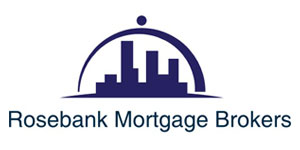The mortgage is one of the biggest financial commitments that most of us will have. Therefore, it is important to always keep on top of the deal that you have and make sure it is the best one for your circumstances. This is where rate switching can be useful – changing to a new product with the same provider.
Rate switching versus re-mortgaging
There are two options when it comes to assessing and changing your mortgage. You can look at the whole market, find the best mortgage and apply for this then deal with the process of changing from one provider to another – this is known as re-mortgaging.
However, if you switch or move from one product to another with the same provider, this is known as rate switching. It can be simpler and involve less extra costs than re-mortgaging because you remain with the same mortgage company.
When is it right to switch?
The most common time to switch your mortgage rate is when your current mortgage product comes to an end. This is usually around a fixed rate for a certain number of months and when this is finished you will go to a Standard Variable Rate mortgage – which means your interest rate and your repayment amount can vary each month. Standard rates are often more expensive than fixed ones, so it can be good to make the change.
Another good time to consider rate switching is if there has been a change in household circumstances that could mean you need a different deal. This could be anything from being made redundant meaning monthly income has gone down to inheriting some money meaning you can pay a lump sum off the balance.
You can sometimes switch from one mortgage product to another without any Early Repayment Charges – which you would pay if you re-mortgage with someone else. But it is always worth checking this before committing to anything.
What costs might be involved?
Apart from the interest rate and repayment amount, the other important thing to understand when considering rate switching is any costs that might be involved in the process.
Early Repayment Charges are one already mentioned – these are sometimes added to your balance if you leave a mortgage product before it is completed. So, if you had a five year fixed mortgage and you switch after four years, the company may charge for this. But if you rate switch with them, they might waive this fee.
If you think the value of your home has changed since you last took your mortgage, then it might be an idea to have the home valued again. This does involve fees for the process but if it means you can get a bigger mortgage and free some capital for other purposes, it might be worth considering.
Finally, there may be some product fees, arrangement or booking fees involved in the process. When you use a mortgage broker, these will all be explained before you commit so you understand them.
Rate switching can be easier and cost less than re-mortgaging while allowing you to adapt to changing situations or get a better deal. By working with a mortgage broker, you can get the help you need to ensure the process runs smoothly.

